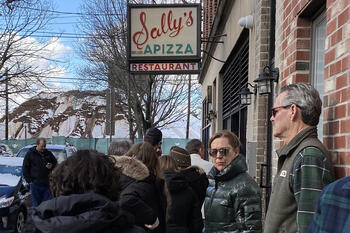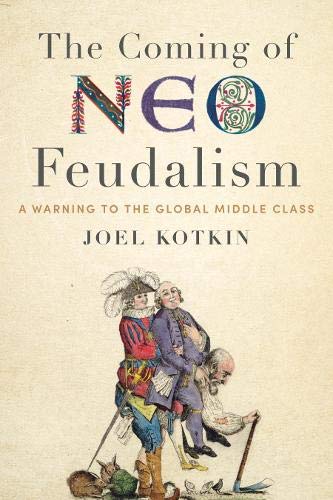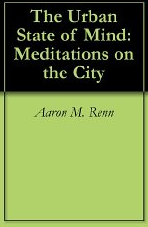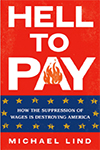
In a city that prides itself on speed, New York’s latest trend is all about slowing down. Lines now snake outside the hottest restaurants in Manhattan - Ha’s Snack Bar on Broome Street, Kiki’s on Division, Breakfast by Salt’s Cure in the West Village - filled with diners who could eat anywhere but choose to stand in the rain for hours. The New York Post recently reported that teenagers are crossing state lines for pancakes, professionals are camping outside bistros for pho-inspired soup, and parents from Italy and Connecticut are waiting shoulder to shoulder with their kids just to be part of the scene. In a culture obsessed with convenience, this fixation on delay seems paradoxical. Yet it may reveal something deeper about where post-pandemic urban life, and American social life more broadly, may be heading.
On the surface, this is about status. To wait at the right place signals taste, knowledge, and stamina. As longtime New York food writer Andrea Strong explained, restaurants have become stages for social ranking. The line itself is a badge of belonging. Sociologist Erving Goffman would recognize the performance: the queue has become a form of public theater, where patience stands in for exclusivity and endurance signals cultural capital. The most prestigious thing about dinner is no longer the dish, it is the evidence that you earned it.
But that explanation only goes so far. In a strange way, these lines are restoring something that New York - and much of the country - has lost: a sense of shared experience in real space and time. After years of isolation and digital substitution, people crave friction and proximity. Standing together, waiting together, offers a fleeting reminder that life is not all about algorithmic efficiency. The sidewalk line – like summer blockbuster movies during my teenage years of the 1990s - is now a small civic arena. It has become a space where strangers exchange glances, chat about the menu, and exist for a moment in the same rhythm. It may be performative, but it’s also real, shared, and commonly understood and represents authentic collective experiences.
This is not new to New York. Katz’s Deli has had lines for decades; so have Gray’s Papaya and Di Fara Pizza. What’s changed is the meaning of the wait. In the post-pandemic era, the line has become an act of participation rather than an inconvenience. People now see standing in public as part of the experience, not just the prelude to it. The anticipation itself becomes valuable. As one diner told the Post, “There’s something romantic about being crammed elbow-to-elbow in a tiny space. We spend so much time isolated; being human-to-human is lovely.”
Psychologists note that scarcity plays a role. When reservations vanish in seconds, standing in line restores a sense of agency. Waiting outside a restaurant feels democratic - you earn access through patience, not privilege. It also satisfies a subtle emotional hunger. As psychologist Deborah Vinall told the Post, people associate long waits with exclusivity and specialness, and equate that difficulty with value. It’s easy to sneer at that as consumer vanity, but it’s also an expression of the human desire to belong to something meaningful, however fleeting.
The deeper irony is that these lines emerge in a society built to eliminate them. Technology promises to deliver everything instantly, but that speed has stripped life of texture. The line offers the opposite: inefficiency as intimacy. For a city that once bragged about its impatience, New York is quietly learning to linger again. People are rediscovering the small pleasure of waiting: of earning an experience, of talking with strangers, of inhabiting the city’s rhythms rather than bypassing them.
That, in turn, says something about our civic recovery. When so much of public life has turned antagonistic or virtual, the humble act of waiting - of surrendering time to others - takes on new meaning. There is a thin line between performance and community, and New Yorkers are walking it in real time. What looks like vanity may in fact be a search for connection, an attempt to feel human again in a city that never stops moving.
The critic might call this another symptom of influencer culture, and in part, that’s true. But there’s also an undercurrent of sincerity here; a recognition that the shared moment, even when curated, still matters. Sometimes the new thing turns out to be something very old: standing together, waiting for something worth having. In a city that measures itself in minutes, the rediscovery of patience might be more than a fad. It might be a small sign that even in our hyper-individual, digitized age, people still long for shared presence, for the slow, collective rituals that remind us we are not alone. The meal, when it finally arrives, may be the least important part.
Samuel J. Abrams is a professor of politics at Sarah Lawrence College, a senior fellow at the American Enterprise Institute, and a scholar with the Sutherland Institute.
Photo: Juan Monroy, via Flickr, under CC 2.0 License.












